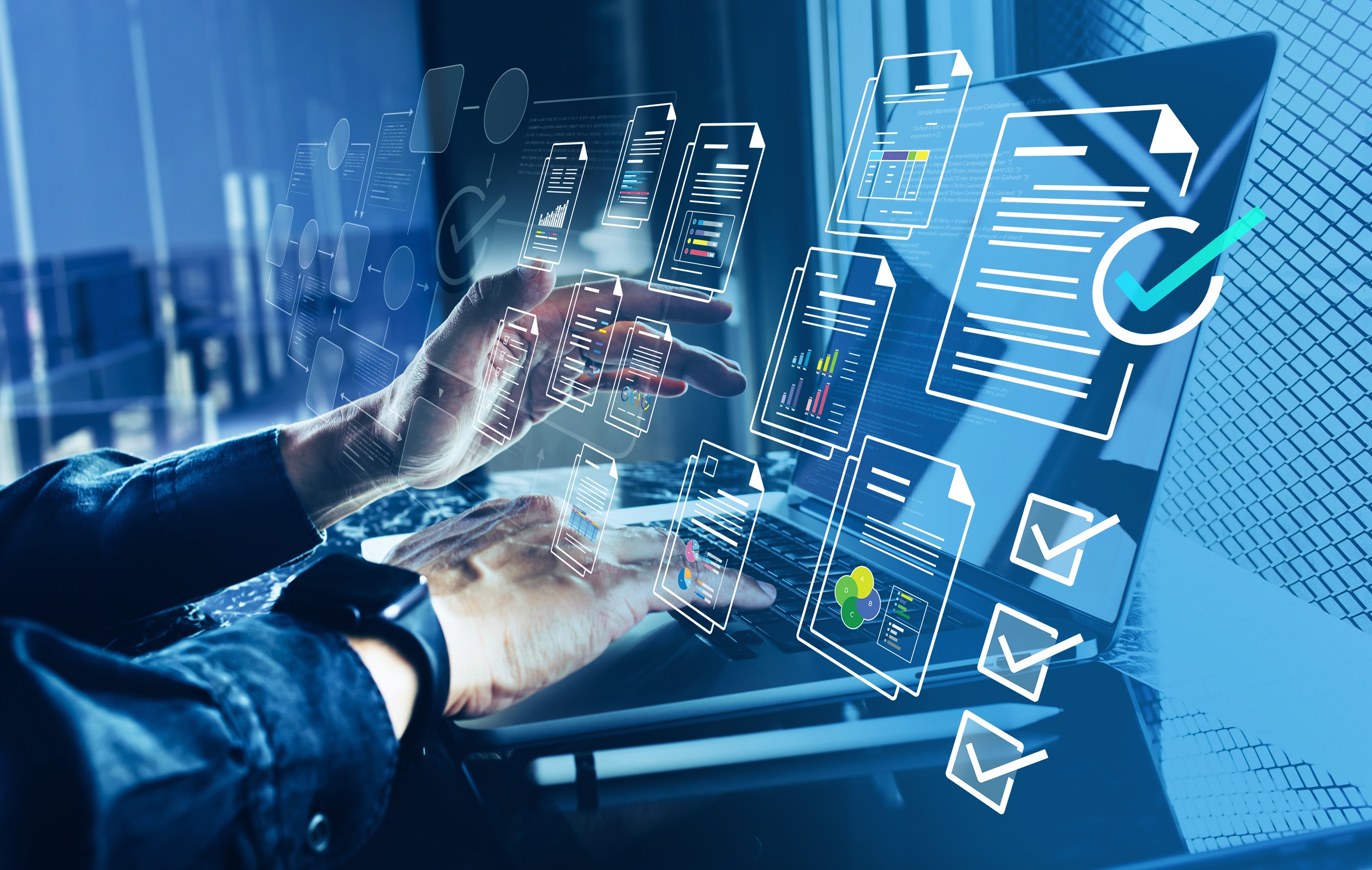
August 19, 2025

SharePoint has long supported enterprise content management, organizing policies, procedures, project documentation, and more. As organizations explore artificial intelligence (AI), SharePoint’s role is evolving. What was once a simple file repository is now becoming part of the foundation for intelligent, AI-enabled workflows and decision support.
AI systems perform best with structured, well-governed, and semantically rich data. A modern SharePoint environment can support these capabilities. Getting there takes more than migration. It requires cleanup, standardization, and alignment with your broader data strategy. This guide outlines how to prepare SharePoint libraries, especially legacy systems like SharePoint 2010 and 2013, for modern AI use cases. It also highlights the business outcomes of making your content AI-ready.
Auditing and Optimizing SharePoint for AI Use
Step 1: Run a ROT Analysis
RESULT: Better signal to noise ratio for AI = fewer errors, sharper answers.
Step 2: Preserve What Matters
TIP: Consolidate multiple versions into a single source of truth.
Step 3: Preserve What Matters
TOOL: Microsoft Syntex – auto-tag and summarize files.
Step 4: Organize With Context
BONUS: Enables semantic AI search – not just keywords but meaning.
As AI integrates deeper into SharePoint, protecting sensitive information becomes more critical than ever. AI tools can expose hidden risks — especially when dealing with personally identifiable information (PII), protected health information (PHI), and financial records.
Key Security Best Practices:
To enable true enterprise AI, SharePoint must operate as part of a larger, connected ecosystem. This is where Microsoft Fabric and OneLake come in.
Integrating SharePoint with Microsoft Fabric
The Outcome: A Connected Intelligence Pipeline
With this architecture, SharePoint becomes more than a document library — it becomes a dynamic content engine, feeding real-time insights and AI-powered workflows throughout your organization.
These improvements translate directly into productivity, governance, and agility gains across the business.
SharePoint is already the home of your institutional knowledge. With the right preparation, and a strong partner, it becomes a launchpad for intelligent automation and decision-making.
AI-enabling SharePoint can help by transforming static content into living intelligence that:
Reach out and we can help you consolidate and organize your data to gain key insights!
